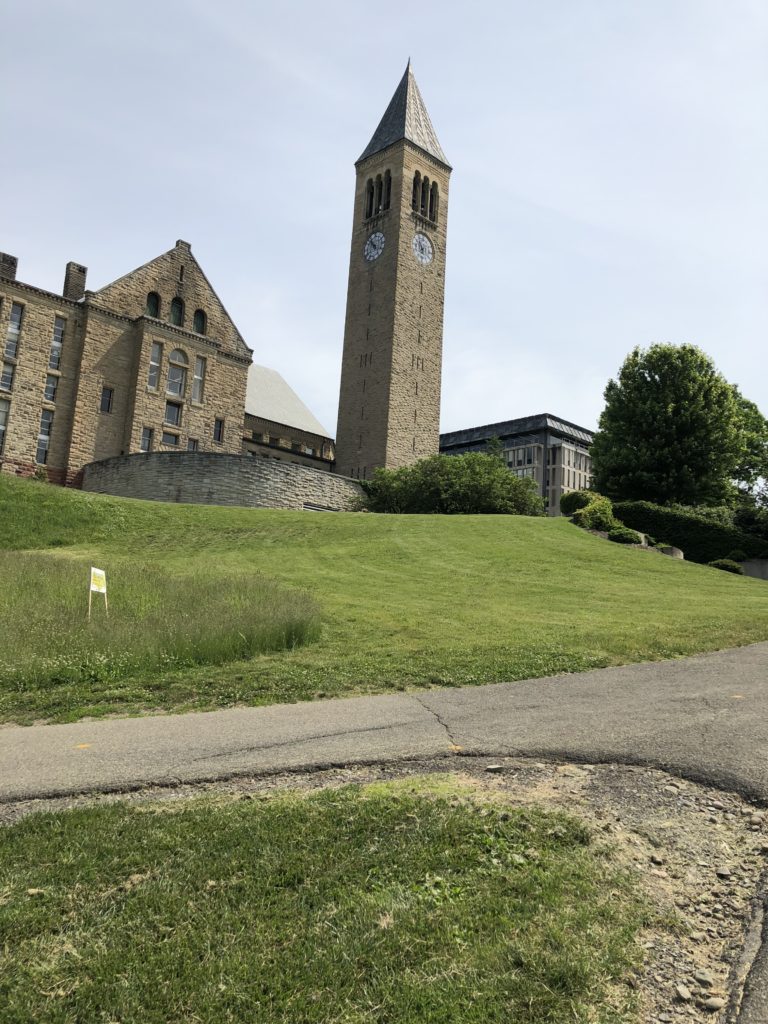Upstate New York and western Washington have iconic fish fry stands: Rudy’s in Oswego and Ivar’s in the Seattle area. Both serve fried fish and seafood, with a few offerings for landlubbers. So, for the benefit of my friends on either end of the country, here’s my comparison of the two restaurants.
Branches. There is only one Rudy’s, on the shore of Lake Ontario. Ivar’s has numerous branches in the Seattle area. The original Ivar’s is in downtown Seattle, below Pike Place Market. Other outlets include the Salmon House on South Lake Union and fast food stands throughout the region.
Founding and Founders. Rudy’s opened in 1936, Ivar’s two years later. Both founders died in the 1980’s. Rudy’s is still owned by the same family. Ivar’s was sold to a management firm years ago. Rudy let his food do the talking. Ivar Haglund was a Seattle celebrity with appearances on radio and TV. When a truck full of syrup overturned on a local street many years ago, Ivar rushed to the scene with pancakes as a publicity stunt.
Ambience. Rudy’s is a drive-in. You order at the counter and eat in your car or at picnic tables. Rudy’s added a few tables inside the building in an earlier expansion. Ivar’s offers table service at the original and Salmon House restaurants.
Season. Rudy’s opens around St. Patrick’s Day and closes around Columbus Day. Trust me, you do NOT want to be eating at a picnic table near Lake Ontario in December. Ivar’s branches are open year-round.
The Fish. Deep fryers play a big role at both restaurants. The type of fish fried is similar (haddock, pollock). Ivar’s also has fried salmon, which strikes me as very wrong.
Sides and Other Offerings. As you can imagine, French fries and onion rings are served at both restaurants. Rudy’s also has other fried vegetables and poutine. The non-fish specialty at Rudy’s is the Texas Hot, a hot dog with diced onions, mustard, and chili on top. To go full Upstate, you can get a Coney Hot – an all-pork sausage dolled up with the fixings. Rudy’s also has an ice cream bar, presumably to compete with the soft-serve stand down the street. Ivar’s does chowder. Unlike most chowder houses in Seattle, Ivar’s also serves Manhattan clam chowder alongside the cream-based New England style.
Gulls. The ubiquitous flying rats make nuisances of themselves at both places. Rudy’s strongly discourages patrons from feeding gulls. (The gulls help themselves quite well, thank you very much.) On the other hand, Ivar encouraged feeding fries to the gulls.
Personal Preference. I don’t have a strong bias for or against either. I do need to have a Coney Hot on any trip Back East when Rudy’s is open. The Ivar’s quick-serve restaurants are easy places for lunch at home. Whatever’s convenient.


Recent Comments